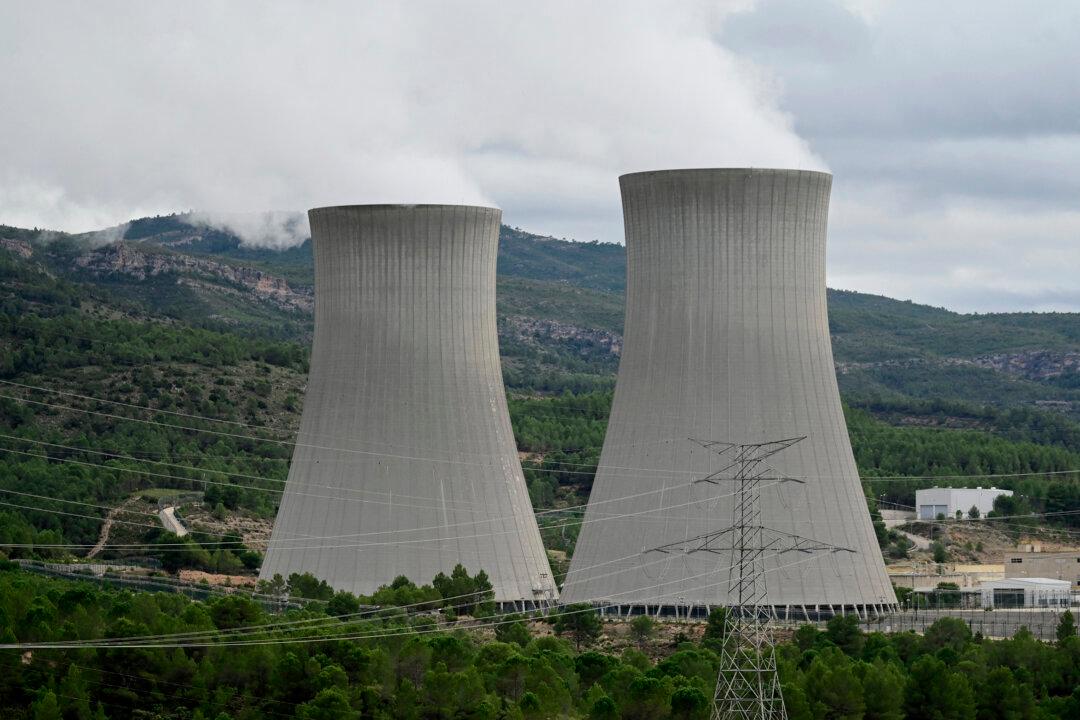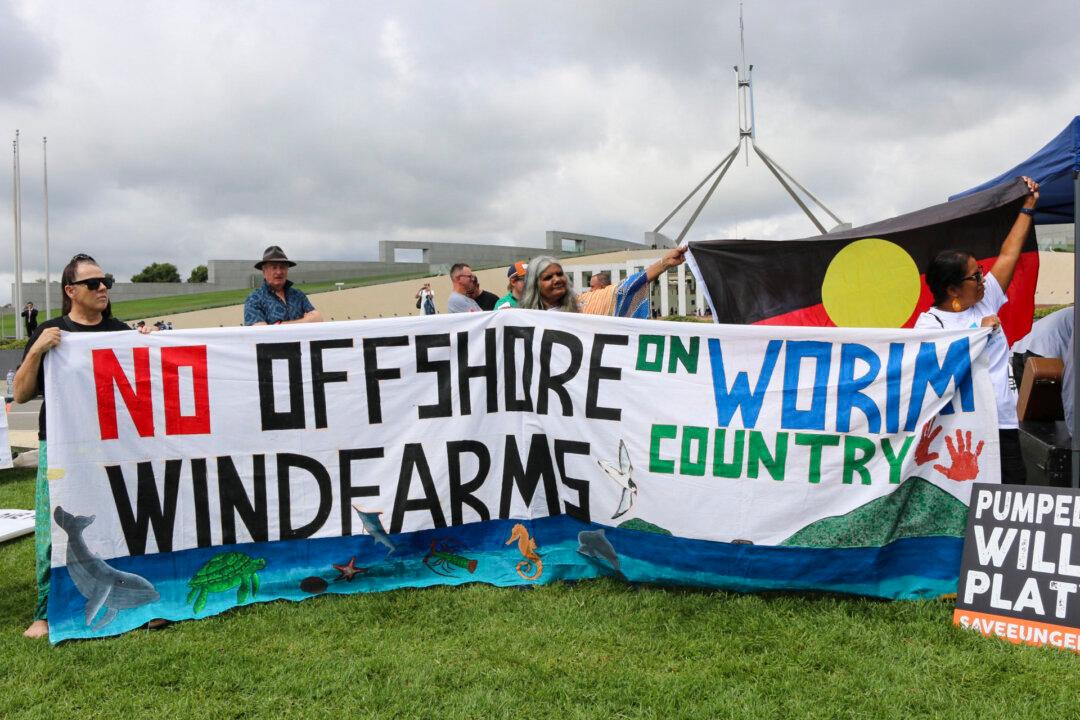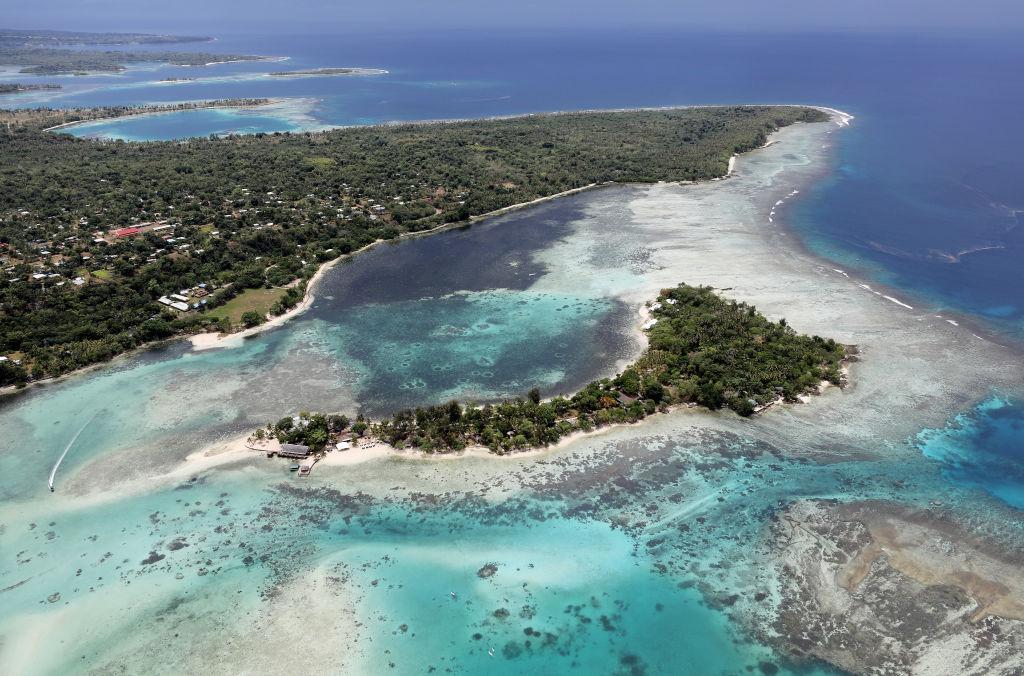A Canadian state energy minister has encouraged Australia to adopt nuclear power amid the country’s push towards net zero.
Ontario Energy Minister Todd Smith told 2GB radio on Aug. 31 that Canada’s most populated province generated roughly 60 percent of its energy from nuclear, while Canada on the whole generates about 15 percent from nuclear.




